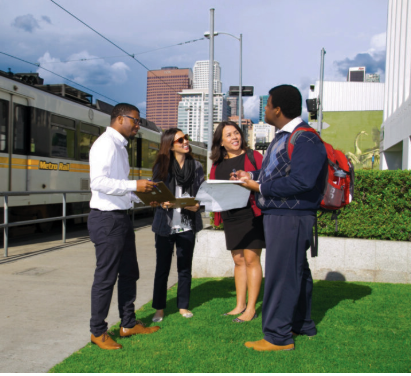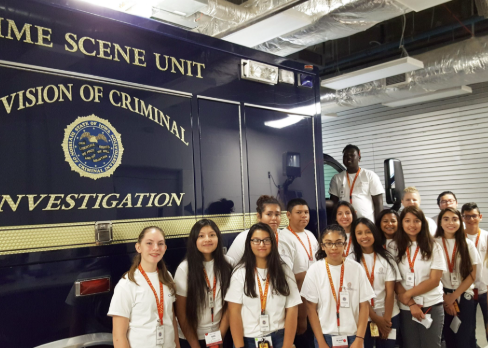Urban planning might seem like a field reserved for professionals, but more and more high schools are offering programs that introduce students to the fascinating world of city design. These programs provide students with valuable skills that can help them create vibrant, sustainable communities. Here’s a closer look at what urban planning programs in high school involve and why they’re a great way to prepare for the future.
What is Urban Planning?
Urban planning is the process of designing and organizing land use in cities, towns, and neighborhoods. Urban planners consider everything from housing and transportation to green spaces and infrastructure. The goal is to create spaces that are functional, sustainable, and conducive to community well-being.
Why High School Urban Planning Programs Matter
Hands-On Learning: High school programs often include project-based learning, where students can create models of their ideal cities, work with local communities, and even engage in planning exercises with city officials.
Critical Thinking and Problem-Solving: Urban planning encourages students to think critically about the challenges cities face, such as overcrowding, pollution, and accessibility. It also teaches problem-solving skills as they come up with solutions for real-world issues.
Sustainability and Environment: In today’s world, sustainability is key. High school urban planning programs often emphasize green building practices, renewable energy, and the importance of eco-friendly design, allowing students to consider how to create cities that are environmentally responsible.
Career Opportunities: Urban planning is a career that combines creativity with technical skills. Introducing students to urban planning in high school can spark interest in related fields like architecture, engineering, and environmental science, paving the way for future careers.
What to Expect from an Urban Planning Program
Most urban planning programs in high school are part of specialized courses or after-school clubs. They may include:
Field Trips: Students often visit urban areas to observe the real-world application of planning principles.
Guest Speakers: Local urban planners, architects, and city officials may be invited to speak to students about their careers and current projects.
Technology Use: Programs may incorporate modern planning tools, such as GIS (Geographic Information Systems), to help students learn how technology is used in designing urban spaces.
Benefits of Early Exposure to Urban Planning
Broadens Career Horizons: Students gain a deeper understanding of what goes into planning a city, which can inspire them to pursue a career in urban development, architecture, or sustainable design.
Community Engagement: Programs often encourage students to get involved with their communities by discussing planning projects with local residents and attending city council meetings, which can foster a sense of civic responsibility.
Creativity Meets Practicality: Urban planning is about balancing creative ideas with real-world constraints. This balance encourages students to think both critically and creatively.
Conclusion
Urban planning programs in high school offer more than just an introduction to city design; they provide an opportunity for students to learn essential skills, think about sustainability, and become engaged members of their communities. Whether you’re interested in shaping the future of cities or simply curious about how urban spaces work, these programs are an exciting way to start your journey toward a meaningful career in one of the most dynamic fields today.














